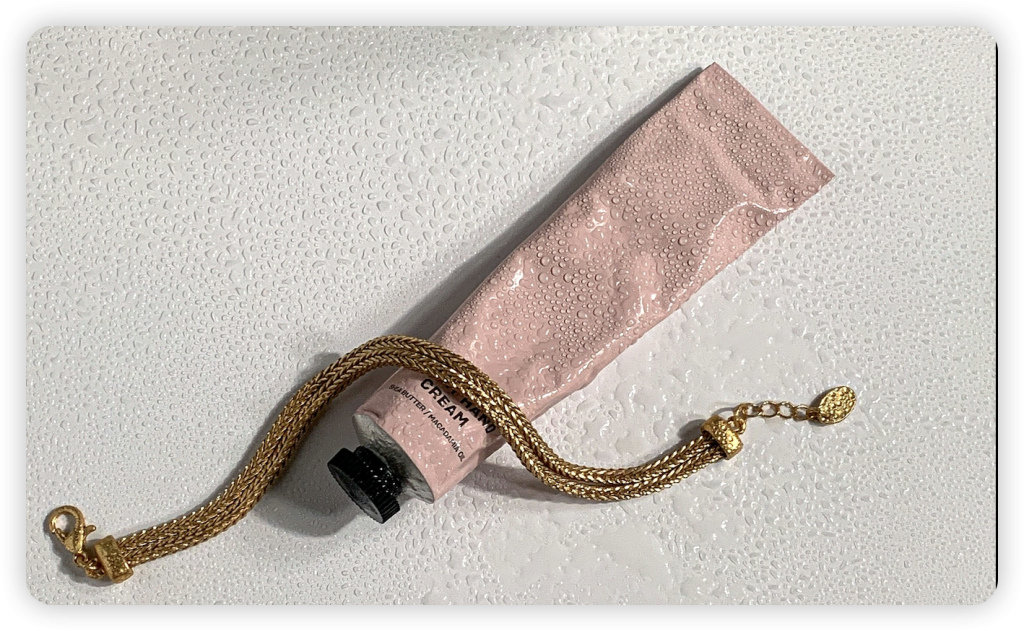Understanding Collapsible Tubes: Materials and Applications
Collapsible tubes are versatile packaging solutions for viscous liquids like toothpaste, artist’s paint, and ointments. These cylindrical, hollow containers typically have a round or oval profile and are designed to dispense their contents through hand pressure. Sometimes, a tube key at the base is used to help roll them up and empty the contents.
Materials Used in Collapsible Tubes
Aluminum Collapsible Tube
Aluminum is a popular material for collapsible tubes, particularly in the cosmetics, pharmaceutical, and food industries. These tubes are produced through impact extrusion, where a small round blank is shaped into the tube. Thanks to the high temperatures involved in production, the process ensures that the aluminum tubes are hermetically sealed and nearly germ-free.
The tubes typically have threaded caps and closures, and the nozzle is also threaded for easy dispensing. They can be decorated using wet-in-wet offset printing, allowing for vibrant and detailed designs. Aluminum tubes are especially suitable for packaging perishable products due to their excellent barrier properties, which protect the contents from contamination.
Plastic Collapsible Tube
Plastic, especially polyethylene, is another common material used in collapsible tube manufacturing. Plastic tubes are widely used in the cosmetics industry for products like hand creams and are also found in the food industry. Unlike laminate tubes, plastic tubes retain their shape after each squeeze, making them more durable and user-friendly.
Plastic tubes can be produced with various decorations, including silk screen printing and specialized additives like soft-touch finishes. Multi-layer plastic tubes have gained popularity due to their enhanced ability to isolate contents from air exposure, making them suitable for a broader range of products, including food items.
Frequently Asked Questions
1. What are collapsible tubes used for?
Collapsible tubes are used to package viscous liquids such as toothpaste, artist’s paint, ointments, cosmetics, and food products. They are designed to dispense contents easily and protect the product from contamination.
2. What materials are collapsible tubes made from?
Collapsible tubes are typically made from aluminum or plastic (mainly polyethylene). Aluminum tubes are known for their excellent barrier properties, while plastic tubes are favored for their durability and aesthetic appeal.
3. How is an aluminum collapsible tube manufactured?
Aluminum collapsible tube is manufactured through a process called impact extrusion. A small round aluminum blank is shaped into a tube using high-pressure impact forces, resulting in a seamless, hermetically sealed container.
4. What are the advantages of plastic collapsible tubes?
The plastic collapsible tube is durable, retains shape after squeezing, and can be highly decorated. They are commonly used in the cosmetics industry and are suitable for food packaging due to their ability to isolate contents from air exposure.
5. Can a collapsible tube be recycled?
Yes, aluminum collapsible tubes are fully recyclable, making them an environmentally friendly packaging option. Plastic tubes can also be recycled depending on the type of plastic used.
6. What is the difference between plastic and aluminum collapsible tube?
The main difference lies in their material properties. Aluminum tubes offer better barrier protection and are ideal for perishable products, while plastic tubes are more durable, retain their shape, and are often used for cosmetics and food packaging.


